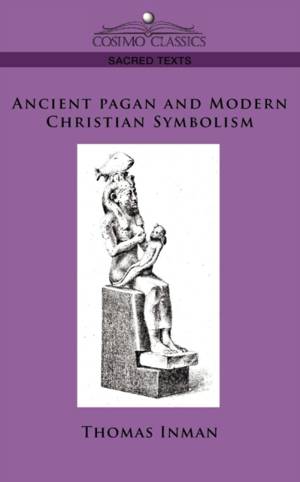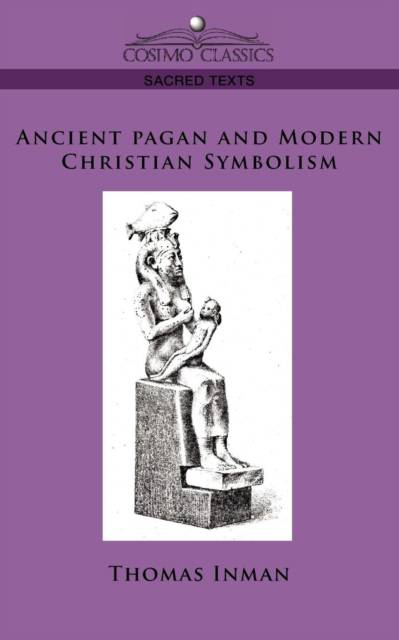
- Afhalen na 1 uur in een winkel met voorraad
- Gratis thuislevering in België vanaf € 30
- Ruim aanbod met 7 miljoen producten
- Afhalen na 1 uur in een winkel met voorraad
- Gratis thuislevering in België vanaf € 30
- Ruim aanbod met 7 miljoen producten
Zoeken
€ 27,45
+ 54 punten
Uitvoering
Omschrijving
First published in 1869, this remarkable early work of comparative mythology intended for the general public takes great pains to remind the reader that there is no danger of suddenly finding oneself transformed into a Buddhist or a "Mahometan" merely by allowing one's eyes to alight upon symbols of a non-Protestant faith. It also feels the need to introduce the reader to the idea of religious "arcana," that some concepts were once deemed fit only for select and secret ears, and then proceeds to cheerfully reveal some of those secrets, such as the phallicism of church steeples and spires. With the assistance of numerous charming illustrations, Inman introduces his 19th-century readers to the metaphorical links between Christianity and the civilizations of the ancient world-India, Babylonia, Assyria, Egypt, and others-from shared abstract figures of stars and crosses to nature symbology (fish, trees) to particular arrangements of the human figures in religious portraits that cross cultures. But it is the author's enchanting handholding that makes this work so appealing today: it speaks to a new enthusiasm among the public for an approach to religion-and religion as mythology-that is rational, logical, and beginning to approach the modern. British doctor and mythologist (1820-1876) is also the author of Ancient Faiths Embodied in Ancient Names as well as several books on hygiene.
Specificaties
Betrokkenen
- Auteur(s):
- Uitgeverij:
Inhoud
- Aantal bladzijden:
- 212
- Taal:
- Engels
Eigenschappen
- Productcode (EAN):
- 9781596054424
- Verschijningsdatum:
- 1/12/2005
- Uitvoering:
- Paperback
- Formaat:
- Trade paperback (VS)
- Afmetingen:
- 127 mm x 203 mm
- Gewicht:
- 235 g

Alleen bij Standaard Boekhandel
+ 54 punten op je klantenkaart van Standaard Boekhandel
Beoordelingen
We publiceren alleen reviews die voldoen aan de voorwaarden voor reviews. Bekijk onze voorwaarden voor reviews.








